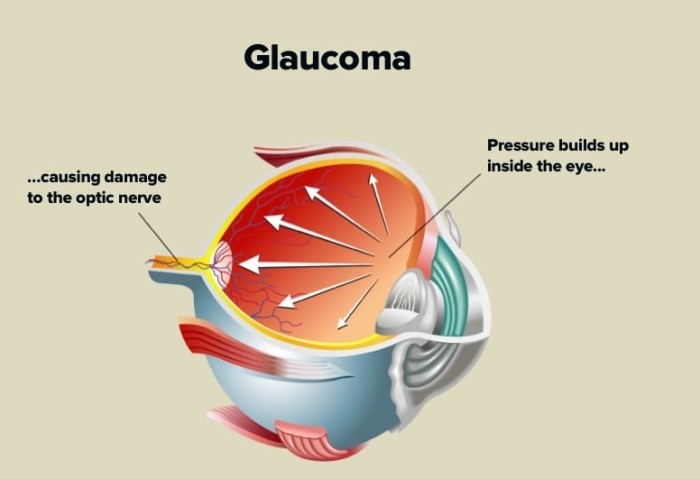
Oral medications
If eye drops alone don't bring your eye pressure down to the desired level, your doctor may also prescribe an oral medication, usually a carbonic anhydrase inhibitor. Possible side effects include frequent urination, tingling in the fingers and toes, depression, stomach upset, and kidney stones.
Surgery and other therapies
Other treatment options include laser therapy and various surgical procedures. Possible complications include pain, redness, infection, inflammation, bleeding, abnormally high or low eye pressure, and loss of vision. Some types of eye surgery may speed the development of cataracts.
You'll need to see your doctor for follow-up exams. And you may eventually need to undergo additional procedures if your eye pressure begins to rise or other changes occur in your eye.
The following techniques are intended to improve the drainage of fluid within the eye, lowering pressure:
Treating acute angle-closure glaucoma
Acute angle-closure glaucoma is a medical emergency. If you're diagnosed with this condition, you'll need urgent treatment to reduce the pressure in your eye. This generally will require both medication and laser or other surgical procedures.
You may have a procedure called a laser peripheral iridotomy in which the doctor creates a small hole in your iris using a laser. This allows fluid (aqueous humor) to flow through it, relieving eye pressure.
All sorts of Glaucoma tests, procedures and surgeries are available in our center that KHIDMAH EYE HOSPITAL. Please contact us.